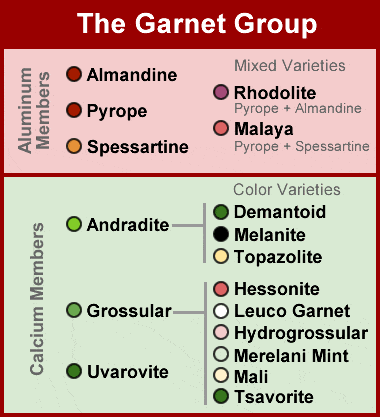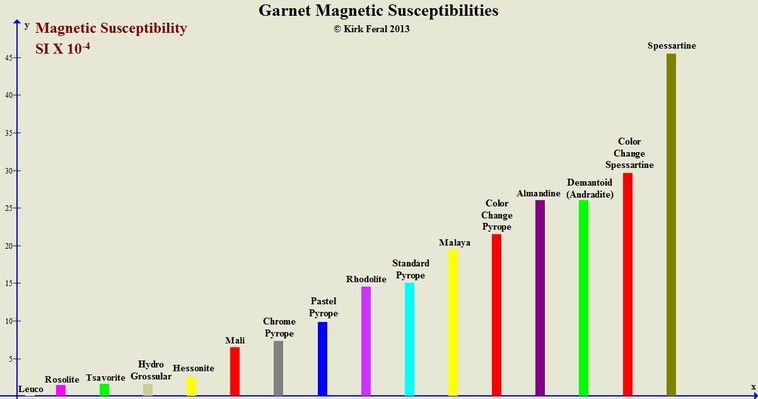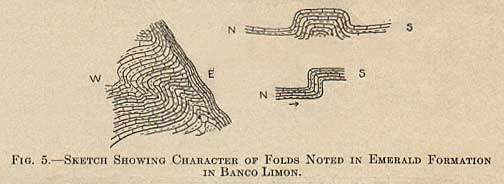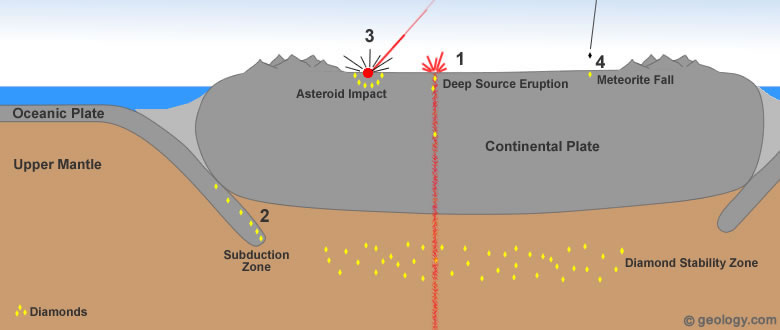Post by 1dave on Apr 28, 2017 7:12:36 GMT -5
(Under Construction)
Geologists recognize three kinds of rocks: Igneous, Sedimentary, and Metamorphic.

When rockhounding in Metamorphic Areas, keep a sharp eye out for special Gemstones!
ANY preexisting rock may be distorted and changed by earth’s pressure and/or heat into a new rock called a metamorphic rock.
Metamorphosis literally means “a change in form.”
Metamorphic rocks are not melted as they form -that would be igneous, but heat and pressure can force amazing crystal structure changes in minerals.
So far I am aware of Low, Medium, and High grades; Burial, Compression, Contact, Continental Collision, Dynamic, High Strain, Hydrothermal, Pneumatic, Regional, and Shock Metamorphosis.
Each has it's unique reaction on rocks in it's domain.
"Meta-" is often placed in front of rock names to indicate mild metamorphism when the original form is still easily identified: metabasalt, Metarhyolite, Metagranite. But when "meta" is placed in front of a a metamorphic rock,- like "metaquartzite" - you know it got a double whammy!


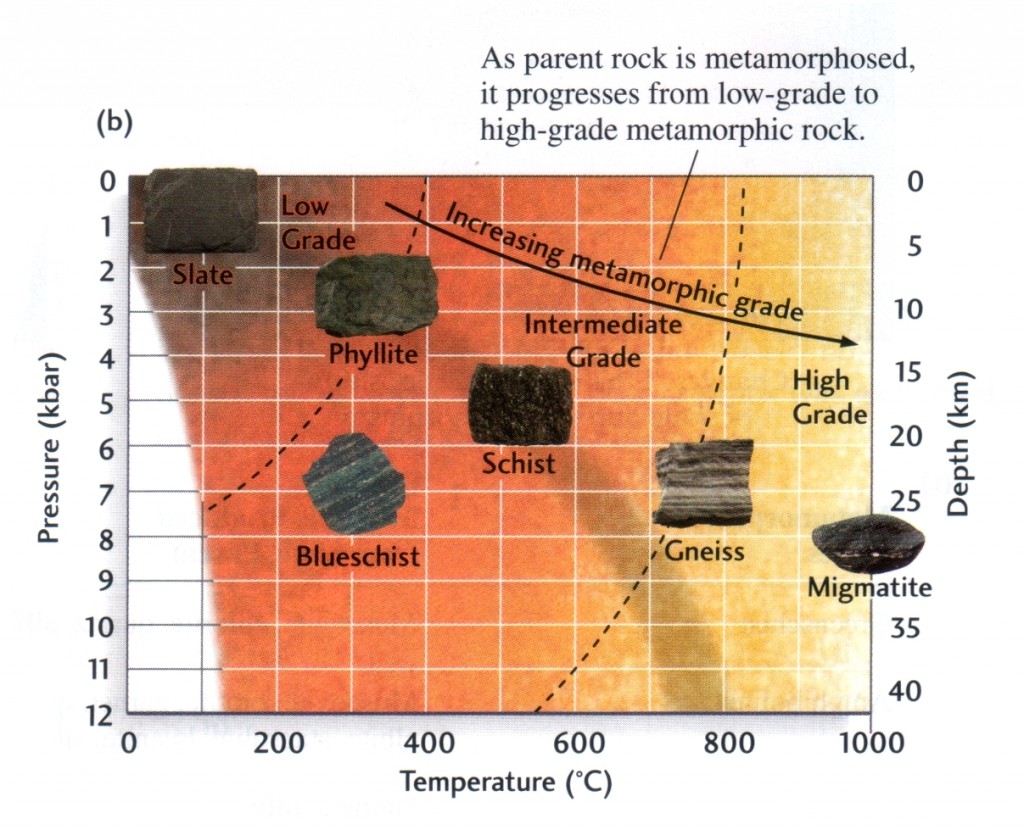

And then there are "Facies" for example, formed from basalt:
en.wikipedia.org/wiki/Metamorphism
Temperature - - - Pressure - - - - - - Facies
Low - - - - - - - - - - Low - - - - - - - - - Zeolite
Lower Moderate - - Lower Moderate - - Prehnite-Pumpellyite
Moderate to High - - Low - - - - - - - - - Hornfels
Low to Moderate - - Moderate to High - Blueschist
Moderate → High - Moderate - - - - - - Greenschist→Amphibolite→Granulite
Moderate to High - High - - - - - - - - - Eclogite
Low - - - - - - - - - - Low - - - - - - - - - Zeolite
Lower Moderate - - Lower Moderate - - Prehnite-Pumpellyite
Moderate to High - - Low - - - - - - - - - Hornfels
Low to Moderate - - Moderate to High - Blueschist
Moderate → High - Moderate - - - - - - Greenschist→Amphibolite→Granulite
Moderate to High - High - - - - - - - - - Eclogite
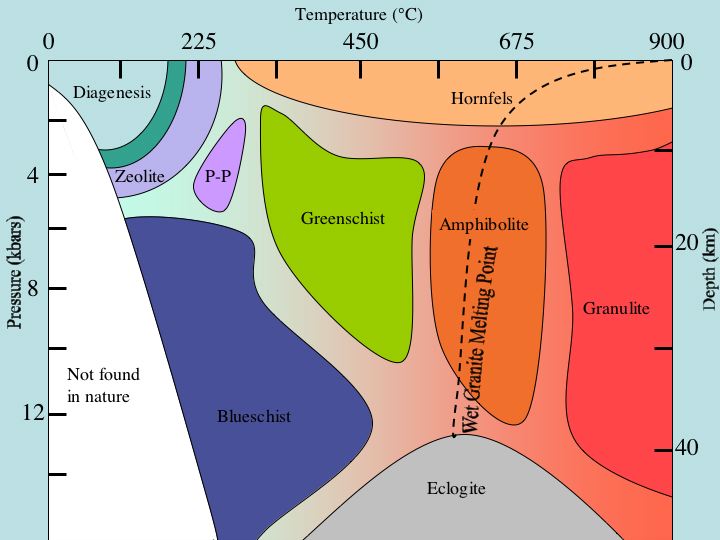

The most common types of Metamorphic rocks are:
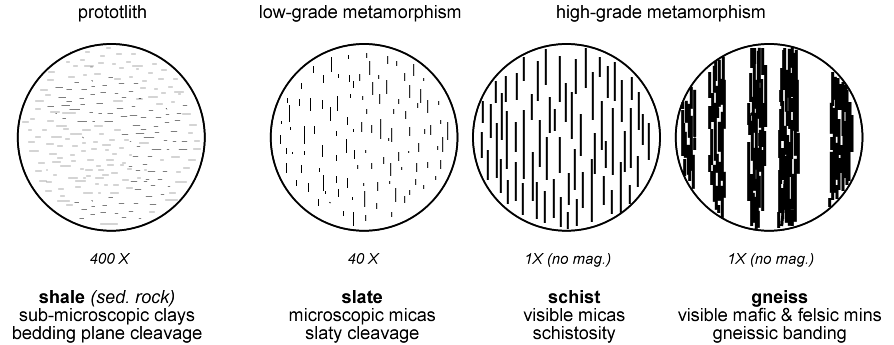
1. Gneiss - Less than 50% thin layers. Most commonly found, course grained, roughly foliated. Nearly all traces of the original structures such as layers, ripple marks and fossils have been altered. Essentially distorted quartz and feldspar layers separated by mica. Usually formed from igneous rocks like granite, but may form from sedimentary rocks as well. Banded-gneiss, lenticular-gneiss, biotite-gneiss, hornblend-gneiss, granite-gneiss, diorite-gneiss, etc.

2. Mica-schist (Split) - More than 50% thin layers. Second most commonly found, predominate mica "books" with quartz. As gneiss, formed from igneous and sedimentary rocks, but retains much of the original structures in evenly layered sheets. Frequently with garnet, staurolite, kyanite, epidote, hornblend, etc.

3. Quartzite - Common and widely distributed. Formed from sandstone, compact, breaks with uneven, splintery, or conchoidal fracture.
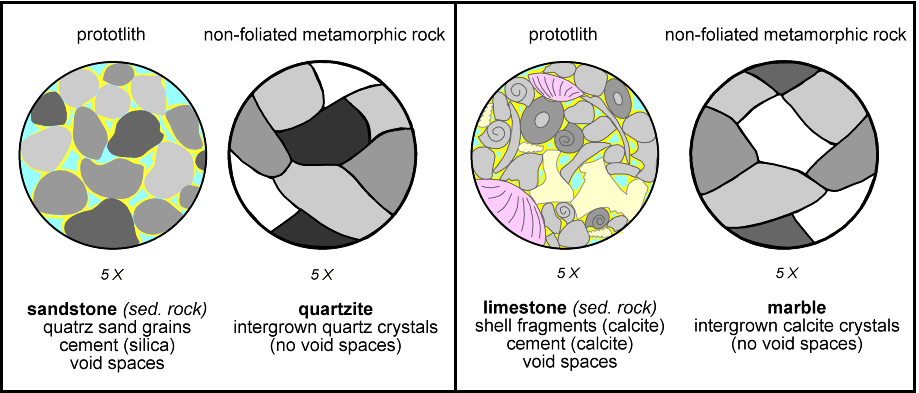
4. Slate - Common. formed from shale, Slaty cleavage may not be parallel to their original bedding planes.
5. Various schists - Formed from various ferromagnesian minerals. Talc-schist, chlorite-schist, amphibolite-schist, hornblende-schist.
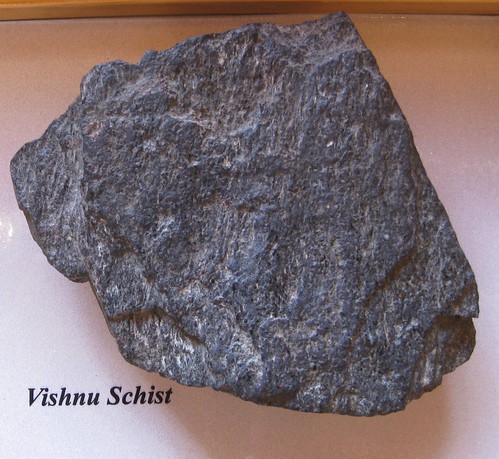
6. Marble - Formed from limestone or dolomite.

7. Anthracite - Formed from coal
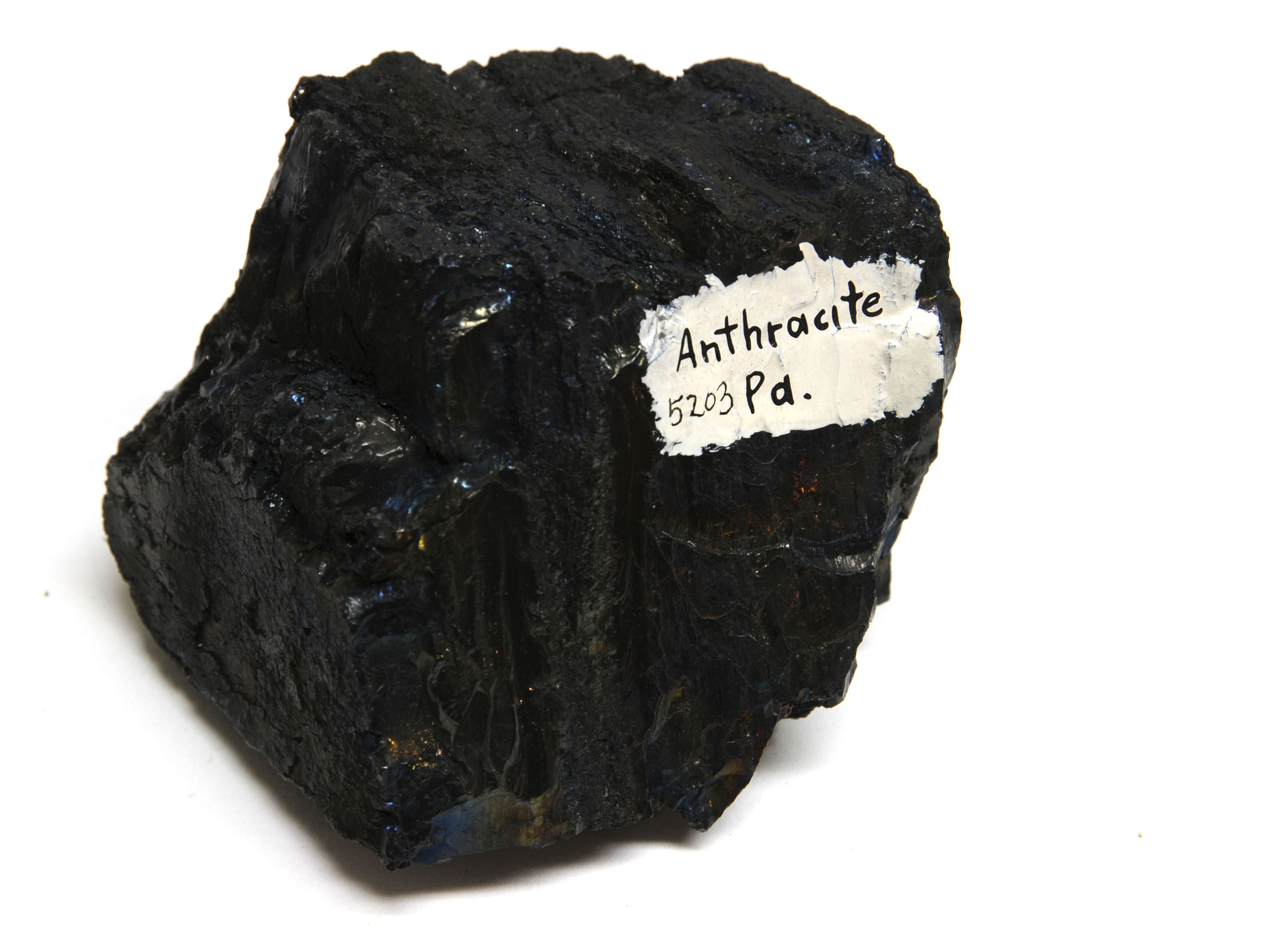
In Special Facies with Special Minerals, Very Special Gemstones are formed!

(Temporary Chart until I can make the real one)

